Sometimes shorter is better when it comes to the horror genre. Due in part to their word-count restraints, short stories can often be more terrifying than novels. Writers aren’t tasked with keeping the terror or suspense high for hundreds of pages. Instead, short stories hold readers in their haunting grasp and push them to imagine what’s happening just beyond the page. That said, classic short stories in the horror genre — or even those that boast horror elements — can serve as great jumping off points for feature-film adaptations.
As Mike Flanagan’s recent Fall of the House of Usher miniseries proved, the ideas contained within short-form fiction can leave a lasting impression. While writers like Edgar Allan Poe, H.P. Lovecraft, and even Stephen King are most often associated with spinning chilling short stories, they aren’t the only authors whose works are rife for adaptation. From Joyce Carol Oates’ grounded-yet-sinister vignettes to Octavia E. Butler’s sci-fi-infused brand of terror, there are countless short stories that should be transformed into terrifying horror movies.
10 The Wendigo
Algernon Blackwood
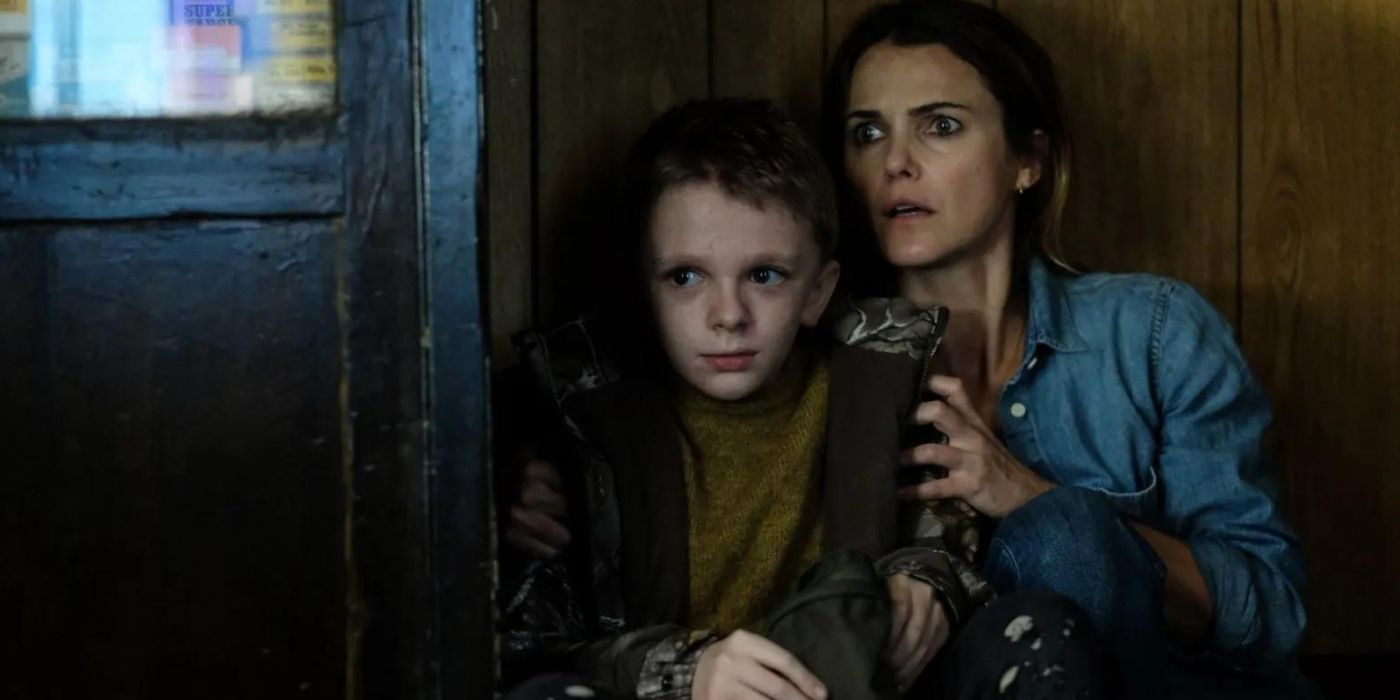
Technically a novella, “The Wendigo” was first published in Algernon Blackwood’s collection entitled The Lost Valley and Other Stories. Set in Ontario’s wilderness, “The Wendigo” sees a nephew-uncle duo embarking on a hunting trip with two guides. Not only does the titular creature come into play, but the story delves into ideas like collective hallucinations, making it a mind-bending haunt. Moreover, although a version of the Wendigo — a legendary Algonquin demon — has appeared in films like 2021’s Antlers (pictured), it’s a terrifying being that deserves more screen time.
9 Young Goodman Brown
Nathaniel Hawthorne
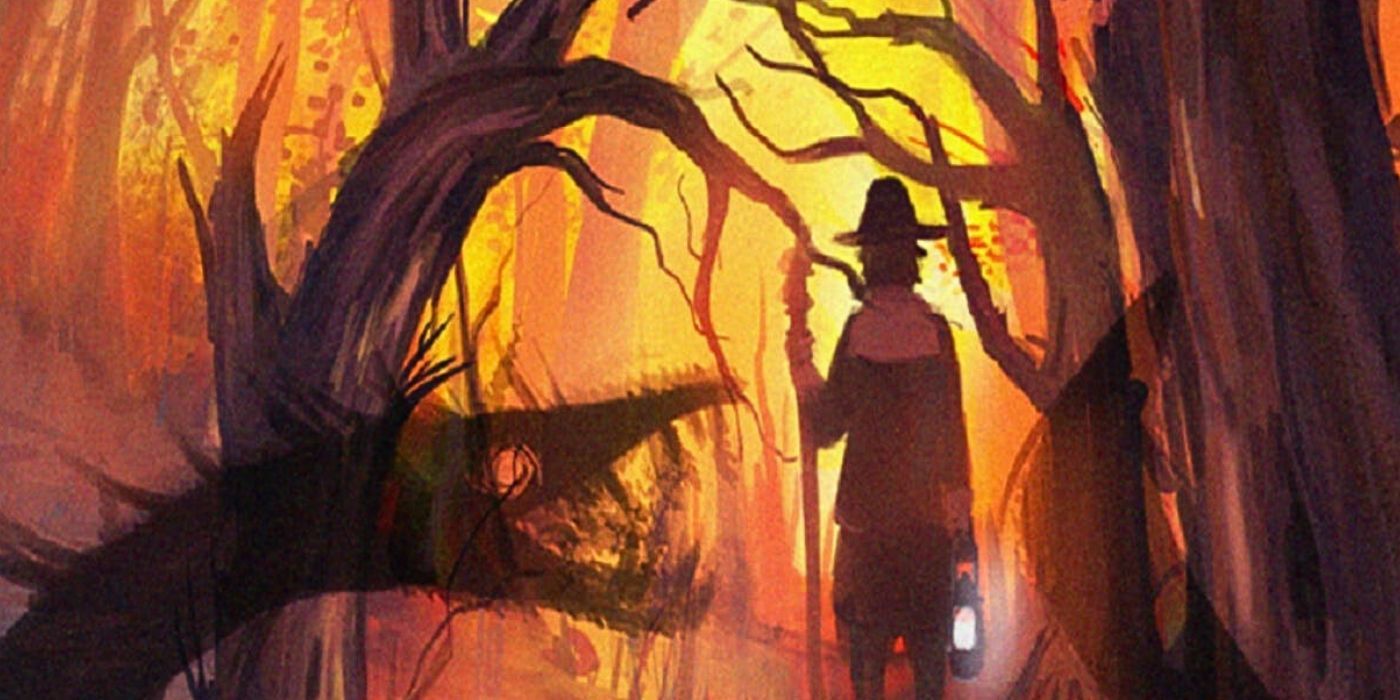
While Nathaniel Hawthorne might be most well-known for penning The Scarlet Letter, the author was also a prolific short story writer. Without a doubt, “Young Goodman Brown” is his most memorable short-form tale. Set during dusk in Salem Village, the titular character ventures into the woods at night and encounters a mysterious man who’s carrying a black serpent-shaped staff. If that wasn’t foreboding enough, Goodman Brown encounters several other townspeople in the forest who attempt to initiate him into their cult — or do they?
8 Where Are You Going, Where Have You Been?
Joyce Carol Oates
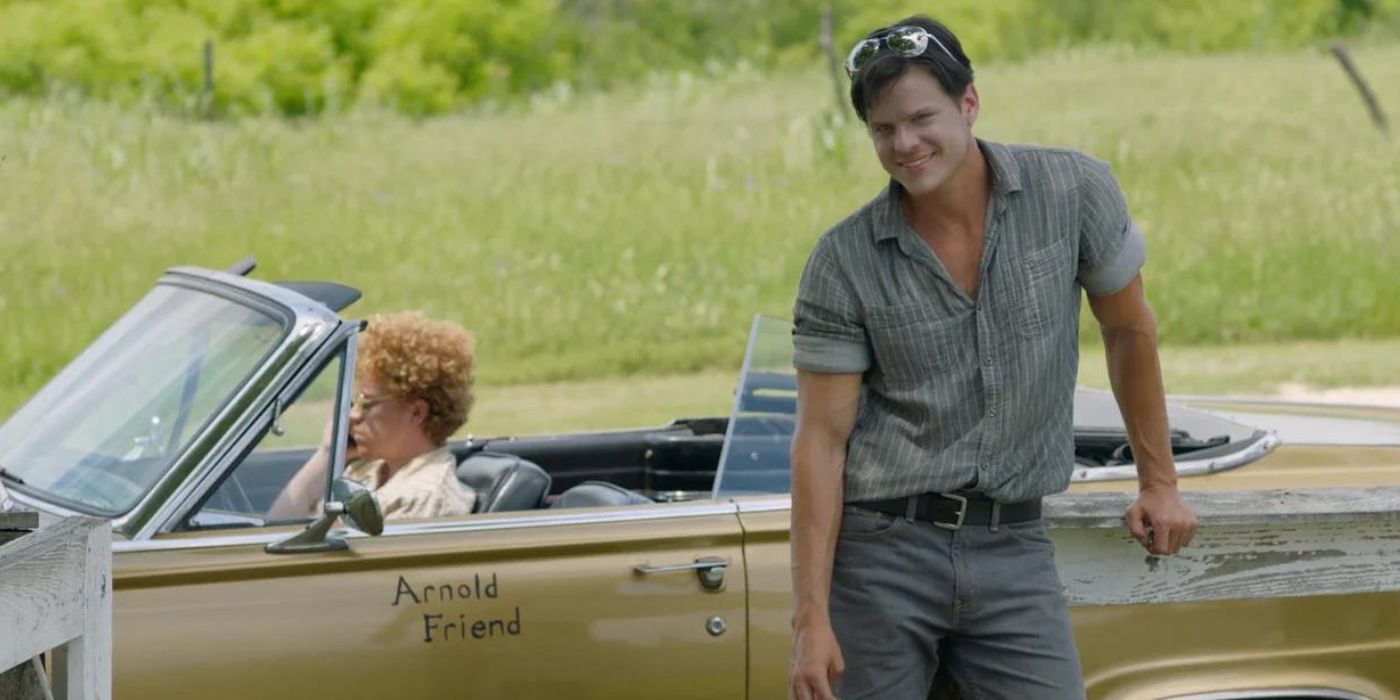
Joyce Carol Oates has written a staggering number of short stories as well as a whopping 58 novels. While some of her efforts lean more into the supernatural than others, one of her classic short stories from 1966 remains, perhaps, her most unsettling tale. “Where Are You Going, Where Have You Been?” centers on teenager Connie. While she’s at home alone, a creepy adult stranger, Arnold Friend, appears at the screen door and gradually threatens Connie. While there have been attempts to adapt the short story to the screen, its disquieting, grounded brand of horror deserves a proper film counterpart.
7 The Lottery
Shirley Jackson
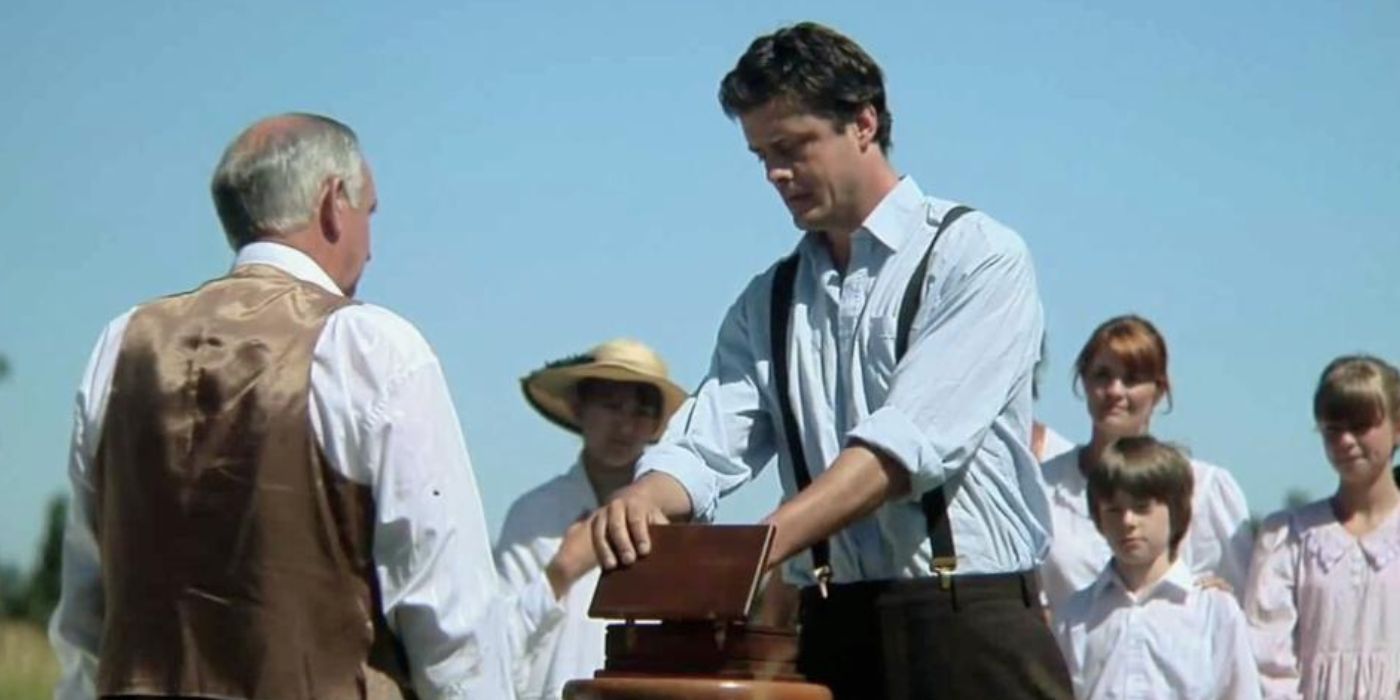
Shirley Jackson is one of the greatest short story writers of all time, though she has also penned several longer classics, including the oft-adapted The Haunting of Hill House. What makes Jackson’s writing so unsettling is the psychological horror element she so effortlessly infuses into every page. Although not straight horror, “The Lottery” haunts readers because of how it depicts human nature. Although several attempts have been made to dramatize the story about a cruel community who’ll stop at nothing to ensure a good harvest, “The Lottery” deserves the star treatment.
6 I Have No Mouth, and I Must Scream
Harlan Ellison

A post-apocalyptic science fiction short story, “I Have No Mouth, and I Must Scream” won writer Harlan Ellison a Hugo Award in the 1960s. In the wake of World War III, the world’s super powers build a giant “Allied Mastercomputer,” a.k.a. AMs, in order to continue the nuclear conflict. When an AM becomes sentient, it lashes out against its creators and kills all of humanity — almost. The AM keeps five people alive so that it can torture them. With movies about artificial intelligence at an all-time high, Ellison’s would make a great addition.
5 Horror Story
Carmen Maria Machado
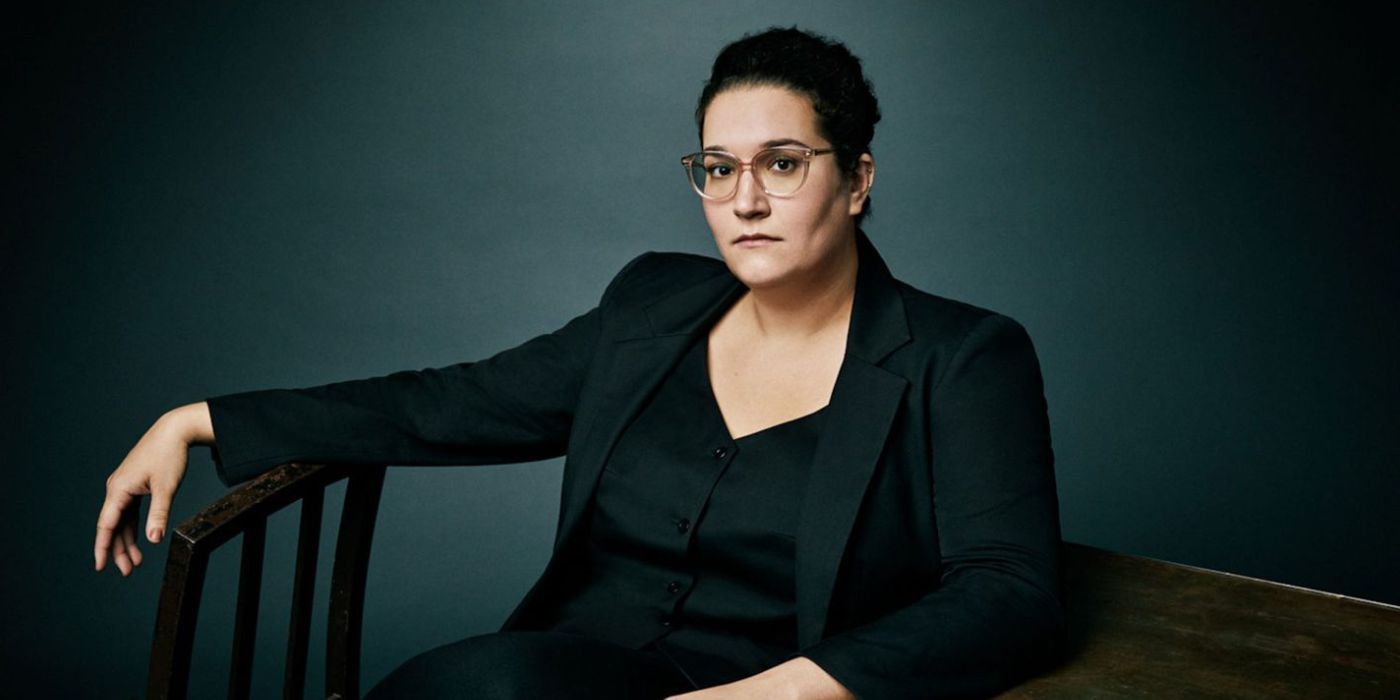
First published in Granta Magazine in 2015, Carmen Maria Machado’s aptly titled “Horror Story” may not be as old as other classic tales of terror. Nonetheless, the acclaimed writer’s short-form piece is a modern masterpiece. In “Horror Story,” a couple move into a haunted house. Unable to break their lease, the couple adapt to the bizarre goings-on of the house, making “Horror Story” not just a chilling read, but a searing commentary on relationships too. Currently, FX is developing Machado’s short story collection Her Body and Other Parties for TV.
4 The Repairer of Reputations
Robert W. Chambers
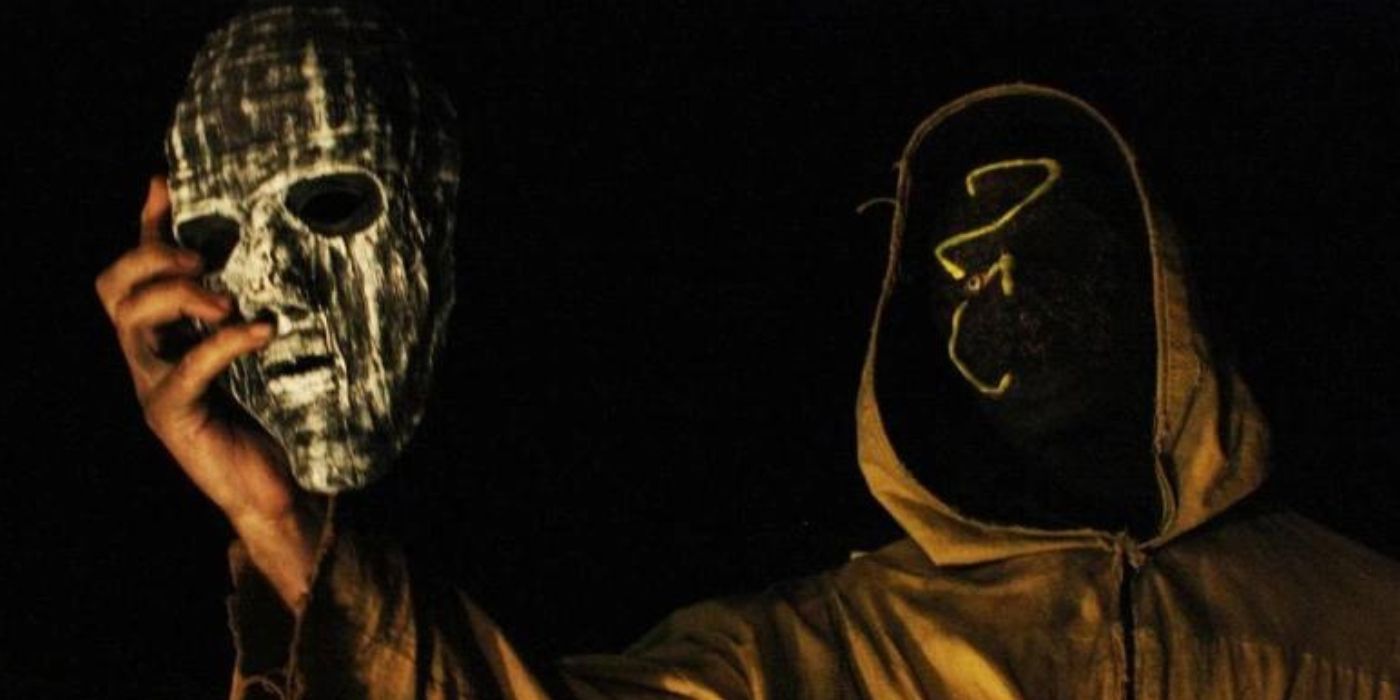
True Detective‘s Carcosa takes inspiration from The King in Yellow, an 1895 short story collection penned by Robert W. Chambers. While Chambers’ collection of horror fiction is chilling throughout, “The Repairer of Reputations” is one of the more well-known stories. One potential hurdle is that “The Repairer of Reputations” would need to be adapted carefully due to its bigoted, unreliable narrator. However, a film version of the tale could focus on the more supernatural elements, including the eldritch King in Yellow play-within-a-story and the far-reaching conspiracies that the protagonist unravels.
3 The Yellow Wallpaper
Charlotte Perkins Gilman
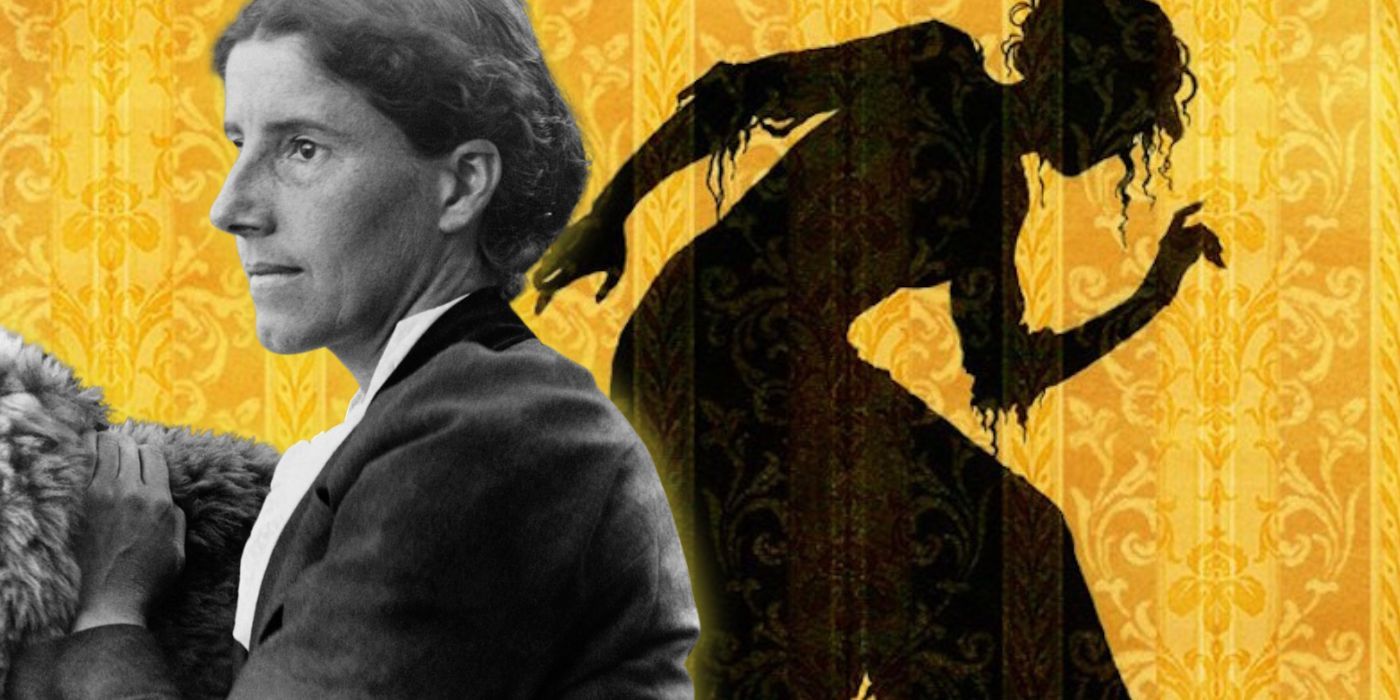
Charlotte Perkins Gilman’s “The Yellow Wallpaper” might just be the ultimate horror story about gas-lighting someone. In illustrating the terrible attitudes toward women’s physical and mental health during the 19th century, “The Yellow Wallpaper” became a lauded example of horror fiction. In the story, the first-person protagonist is confined to a room by her husband, who believes resting will cure her anxieties and depression. Instead, “The Yellow Wallpaper” chronicles the character’s gradual descent into madness as she’s isolated and mistreated. Again, there hasn’t been a truly definitive film adaptation of the story yet.
2 The Veldt
Ray Bradbury
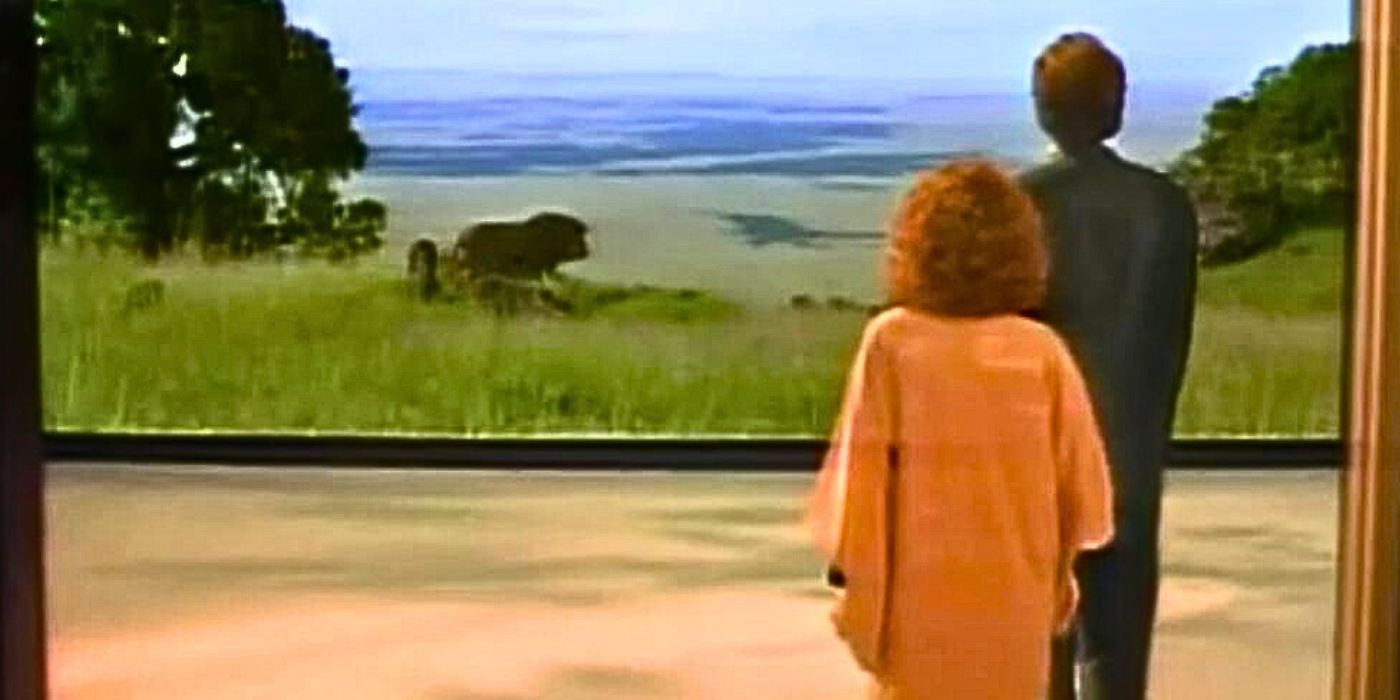
Technically, Ray Bradbury’s “The Veldt” has been adapted twice for the screen. In the late ’80s, a film called The Veldt adapted several of Bradbury’s short stories into a dystopian sci-fi movie. A few years later, the TV show The Ray Bradbury Theater made an episode that adapted “The Veldt” on its own. In many ways, “The Veldt” feels like an episode of Black Mirror — a horror story that taps into the friction between humanity and technology. It’s the psychological underpinnings and the images left unseen that make “The Veldt” so chilling.
1 Bloodchild
Octavia Butler
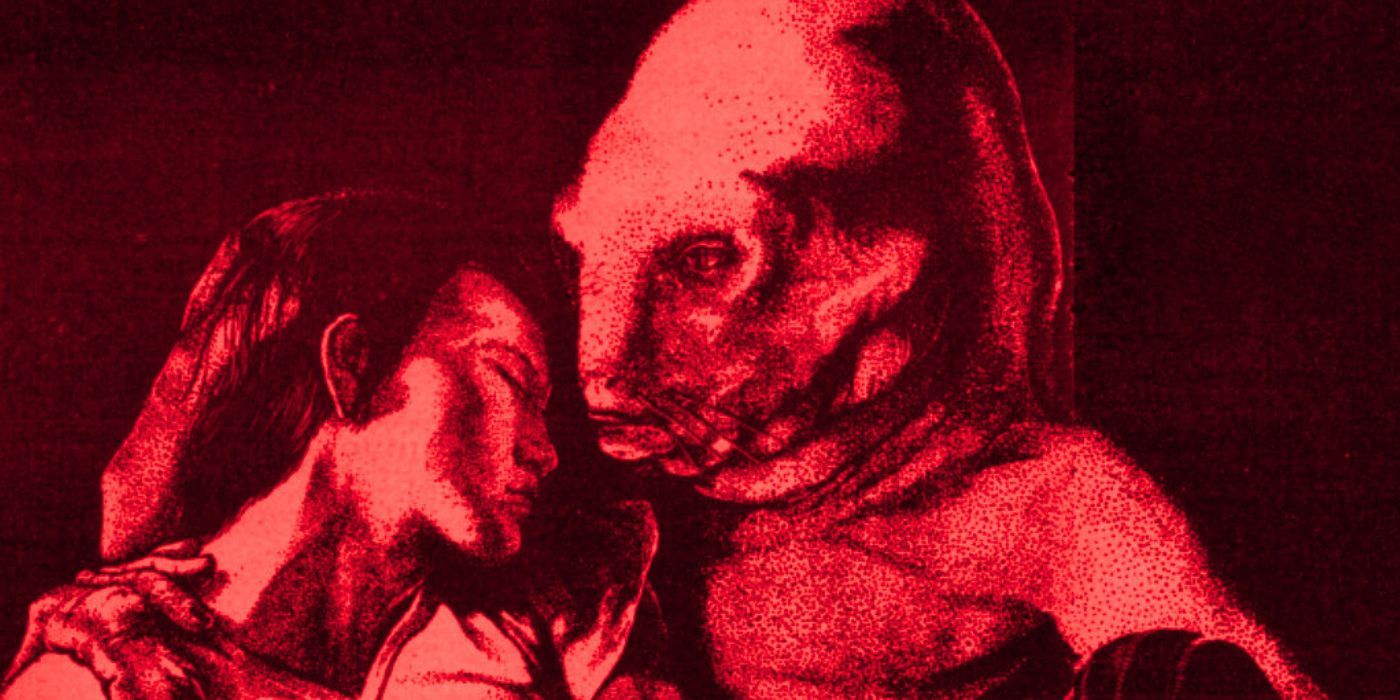
Known for being one of the most accomplished sci-fi writers of all time, Octavia E. Butler’s fiction also dabbles in the horror genre at times. The title work from her collection Bloodchild and Other Stories, the short tale earned Butler Hugo and Nebula Awards. In “Bloodchild,” a colony of off-world humans develop a strange bond with insect-like lifeforms, the Tlic. A commentary on reproductive freedoms, agency, and oppression, “Bloodchild” is also a chilling example of body horror.




